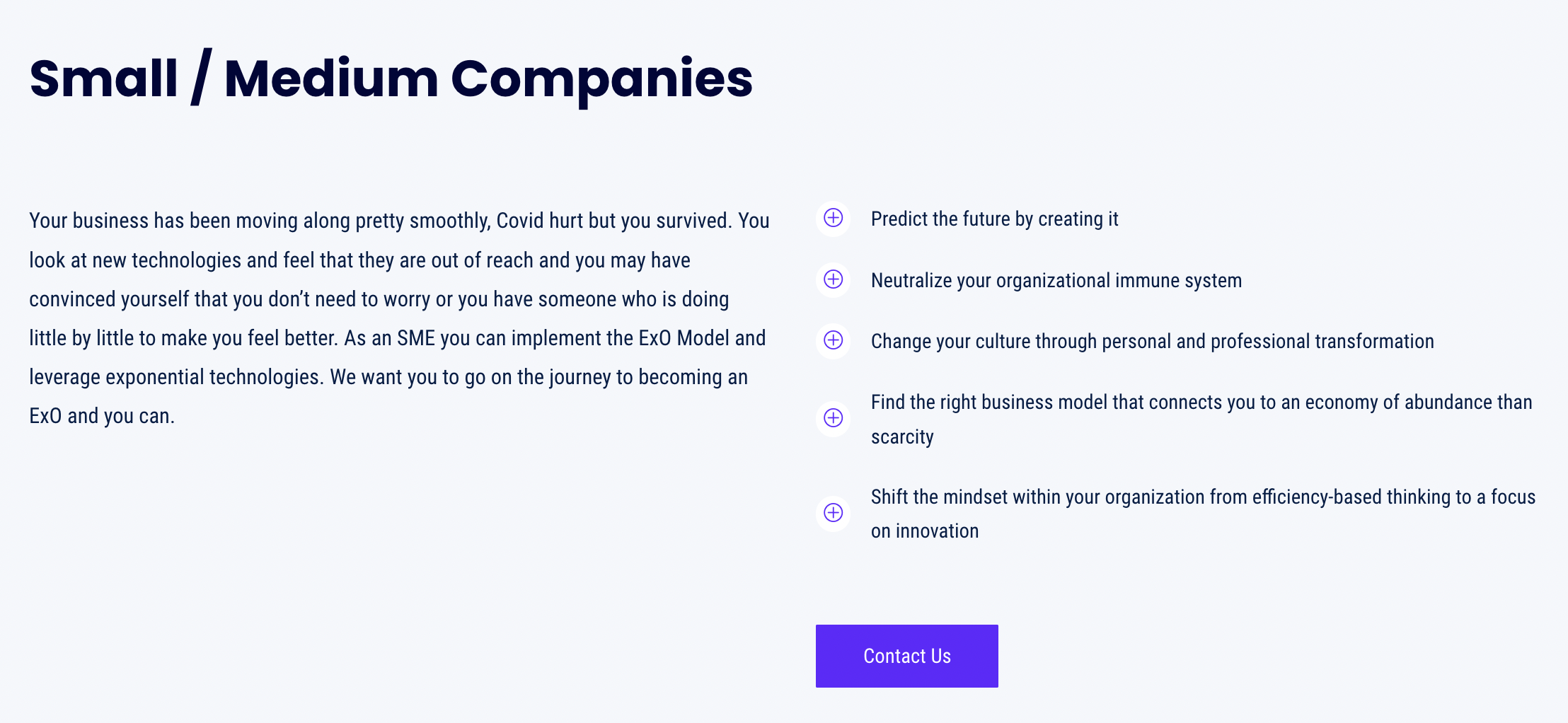
ExO Hits of the Week - 22 July 2022
In this week’s ExO ‘Hits of the Week,’ here is what our community is reading: The 2,000-foot bridge was constructed without a single drawing The metaverse: Where we are and where we’re headed
In this week’s ExO ‘Hits of the Week,’ here is what our community is reading:
- The 2,000-foot bridge was constructed without a single drawing
- The metaverse: Where we are and where we’re headed
- How China is creating new foods in space
- Edits to a cholesterol gene could stop the biggest killer on earth
- ‘Find the smartest technologist in the company and make them CEO’
Here are our top five Exponential ‘Hits of the Week:’
1. The 2,000-foot bridge was constructed without a single drawing
Publication: NATE BERG, Fast Company
Date: 20 June 2022
Soaring above a forest outside of Oslo, Norway, the Randselva Bridge is remarkably unremarkable. A straightforward viaduct for cars and trucks, the gently curving bridge straddles a river, a valley, a rail line, and foothills. The bridge stretches 634 meters, or 2,080 feet, and stands 180 feet above the ground at its highest point. Like many highway projects around the world, it has been engineered to span great distances and stand strong—feats that have become so normal they’re expected as the status quo.
But unlike most large-scale building projects, this bridge has been designed and constructed without any drawings.
2. The metaverse: Where we are and where we’re headed
Publication: Matt Marshall, Venture Beat
Date: 26 January 2022
The coming metaverse has provoked hype, confusion, and misinformation.
For technophiles, the metaverse represents a nirvana: a place to immerse yourself in any digital surrounding, and participate in any physical reality, at any time – and also to be able to see and feel anything, even if you are thousands of miles away from that physical place.
3. How China is creating new foods in space
Image credit: China Photos/Getty Image
Publication: Tereza Pultarova, BBC.com
Date: 11 July 2022
Sending seeds for short trips to space helps scientists develop new crop varieties that can thrive in the changing climate and help feed the world's growing population.
At first glance they are identical to any other ears of wheat swaying in the wind all over the world. But the vast fields of crops in north-eastern China are no ordinary plants – they were created in outer space.
They are a variety known as Luyuan 502 and are China's second most widely grown type of wheat. The plants were bred from seeds that were flown into orbit 200 miles (340km) above the Earth's surface. Here, in the unique low gravity environment and outside the protective magnetic shield of our planet, they picked up subtle changes to DNA that gave them new qualities that made them more tolerant to drought and able to better resist certain diseases.
They are an example of a growing number of new varieties of important food crops that are being bred on spacecraft and space stations while orbiting our planet. Here they are subjected to microgravity and are bombarded by cosmic rays, which trigger the plants to mutate – a process known as space mutagenesis.
4. Edits to a cholesterol gene could stop the biggest killer on earth
Publication: Antonio Regalado
Date: 12 July 2022
A volunteer in New Zealand has become the first person to undergo DNA editing in order to lower their blood cholesterol, a step that may foreshadow wide use of the technology to prevent heart attacks.
The experiment, part of a clinical trial by the US biotechnology company Verve Therapeutics, involved injecting a version of the gene-editing tool CRISPR in order to modify a single letter of DNA in the patient’s liver cells.
5. ‘Find the smartest technologist in the company and make them CEO’
Image credit: Wikipedia
Publication: Rick Tetzeli, McKinsey & Company
Date: 22 June 2022
In the first episode of the new The Quarterly Interview: Provocations to Ponder series, Silicon Valley’s Marc Andreessen tackles tech trends like artificial intelligence, crypto, and Web3—and why incumbents still have a tough time competing with digital start-ups.
Marc Andreessen arrived in Silicon Valley 28 years ago, fresh from the University of Illinois, where he and a colleague developed NCSA Mosaic, the graphic web browser that opened the world’s eyes to the potential of the internet. As an entrepreneur, Andreessen launched Netscape, whose IPO was the bellwether event of the first internet boom, and Opsware, an early cloud and software-as-a-service (SaaS) company. He then cofounded Andreessen Horowitz with Ben Horowitz, building it into one of the world’s premiere venture capital firms.
Additional research support from Shabbir Esmael

ExO Insight Newsletter
Join the newsletter to receive the latest updates in your inbox.








